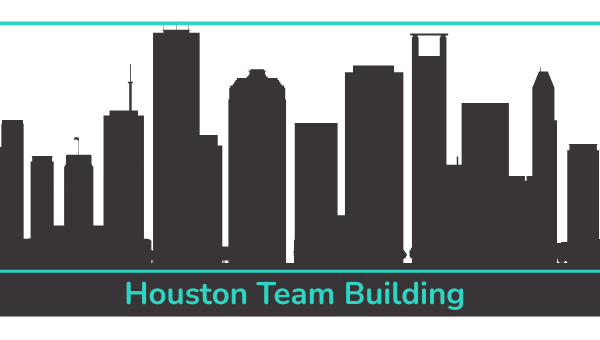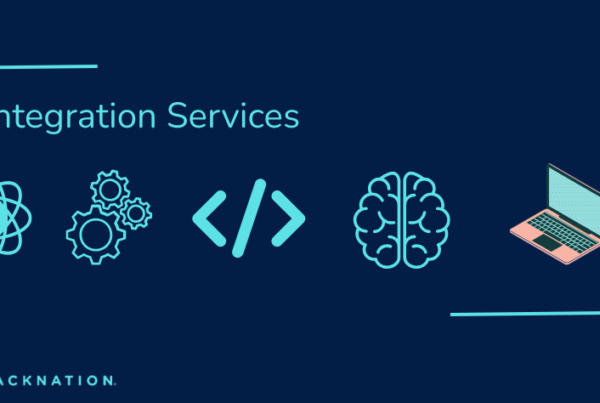
There are countless benefits to a thorough new hire orientation from employee retention and loyalty to boosted morale and productivity. But what about the employee offboarding process? Why should that matter?
Believe it or not, an employee’s last days at a company can be just as crucial as their first. That’s why it is so important to have an employee exit checklist to make the process as smooth as possible. Employee behaviors are changing with the changing times. As Gallup’s State of the American Workplace Report indicates, the modern workplace doesn’t look like it did in the past when it was reasonable to expect an employee to spend his entire career with one company. In fact, research shows that millennials, who are now the largest generation in the workforce, job-hop more than any other generation.
The companies that are flourishing are those that capitalize on the benefits our modern workplace has to offer and treat exiting employees like an opportunity. When employees leave, these companies say gracious goodbyes with the aim of developing their alumni networks that serve as recruiting, networking and new business tools. They welcome boomerang employees–those who have left the company and returned–with open arms, knowing its a sign of a healthy company culture and happy workforce. And finally, while they acknowledge that it can be tough to lose great talent, they look forward to the fresh ideas, enthusiasm and variety that new employees offer.
In order to take advantage of the assets exiting employees can offer, companies needs a thorough and gracious employee offboarding and exit checklist.
The employee exit timeline
The employee exit starts the moment the employee hands in his resignation letter and ends when he walks out the door on his last day. During this time, the HR representative will lead the employee through a process that legally exits him from the company and gathers his institutional knowledge for whoever will be filling his shoes. The offboarding will conclude with an exit interview.

Below, we’ve outlined the process from beginning to end. Have fun with it! Nobody said goodbyes have to be sad.
Get the paperwork out of the way
When the employee gives his notice, the HR representative should complete the below items as quickly as possible.
- Get the departing employee’s letter of resignation.
- Provide written acceptance of this resignation letter.
- Inform payroll and IT about the employee’s exit. Enter employee termination information into the HR database.
- When relevant, review conflict of interest statements, non-disclosure agreements, non-compete agreements and confidentiality agreements. Also discuss any penalties that will apply if an agreement is breached.
- Process fees or reimbursements and close out company-issued credit cards.
- Determine whether the employee has any accrued leave that he hasn’t taken.
- Process your employee’s last paycheck.
- Provide your departing employee with information on his benefits (insurance, 401k, etc.).
Make sure the departure is communicated to the company
Sometimes busy managers can overlook this crucial step and leave the rest of the company surprised when the departing employee’s last day comes around. Confirm that the employees departure is being communicated to his team and those in the company who will be most impacted by him leaving. Be sure that he’s being wished good luck in his next role and the reason for his departure is being explained when appropriate.

Provide the departing employee with an offboarding checklist
Your job is not only to give the employee this checklist, but to make sure he completes the items before his last day in the office. Ask his manager whether the departing employee’s replacement, or someone else on the team, should shadow him before he leaves.
- Employee offboarding checklist
- Discuss with your manager the work requirements and due dates you’ll be expected to meet before your departure
- Write a SOP (standard operating procedure) for your position. Among other things as an exiting employee, you’re responsible for setting your successor up to succeed in your role. To this end, share the institutional knowledge that’s necessary in order to flourish in your position. This includes your workflow processes and how you complete the tasks necessary to fulfill your position’s responsibilities
- Make sure your successor has the files he’ll need to reference while on the job, and that relevant team members have the files they need from you moving forward
- Train your replacement, if he/she available
- Settle your expenses and reimbursements
- Return your company computer, keys, keycards, company-issued credit cards, company-issued mobile devices, etc.
Show the departing employee your gratitude
Nowadays, departing employees are a great asset to their former employers. Alumni networks serve as valuable recruiting and networking tools that can lead to your company’s next superstar performer. And former employees often return to the company as clients or boomerang employees with more acquired skills and insights. For these reasons, it’s imperative to say goodbye with gratitude. These small gestures pay dividends.
- Organize a goodbye lunch, happy hour, or going away party to celebrate the departing employee’s great work
- Give the departing employee a send off gift if appropriate
- Pass around a best wishes card, making sure his manager writes a thoughtful note
Conduct the exit Interview
Exit interviews should be considered pure gold. By giving departing employees a space in which they can talk candidly about their experience at the company, exit interviews give companies invaluable insight into employee morale, company culture and processes that can be improved upon. HR can use this information to provide strategic recommendations to senior leadership, and in turn affect positive change.

So take advantage of everything this opportunity has to offer while keeping the tone of the conversation celebratory and light. At the beginning of these interviews, be sure to tell the departing employee that everything he says is confidential and will not be associated with his name or reputation. Below is a list of exit interview questions that we think are key to getting the best insights from your departing employee.
Questions:
- Touch on the employee’s experience in his role and why he’s departing:
- Why have you decided to move on?
- What was the biggest factor that led you to accept your new job?
- What did you like and dislike most about your role?
- Did you feel you had the tools, resources and working conditions to be successful in your role? If not, which areas could be improved and how?
- Would you consider coming back to work here in the future?
- Discuss his overall impression of the company:
- How would you describe the culture of our company?
- If you could change anything about the role or company, what would you change?
- What can the company improve?
- What do you feel the organization did well?
- Do you have any suggestions for improving employee morale?
- Do you think management adequately recognised employee contributions? If not, how do you think recognition could be improved?
- Do you have any concerns about the company you’d like to share?
- Is there anything you feel we should know or that you’d like to say?
Recover company assets
These include computers, company-issued mobile phones, keys, keycards and company-issued credit cards, among other items.

Post-departure to dos
After the departing employee has left, do everything you can to help the company adjust to the change.
- Redirect the former employee’s incoming emails and calls to the team manager
- Have IT delete his account from relevant systems and change relevant passwords
- Update your company org and seating chart
- Clean his desk and prepare it for his successor
Remember that the employee offboarding isn’t a permanent goodbye but part of an ongoing relationship with a professional in your company’s network. So aim to treat the exiting employee with respect and gratitude, and hold him to a high professional standard.
We’re curious–what offboarding strategies have worked at your company? Share your recommendations in the comments below!






